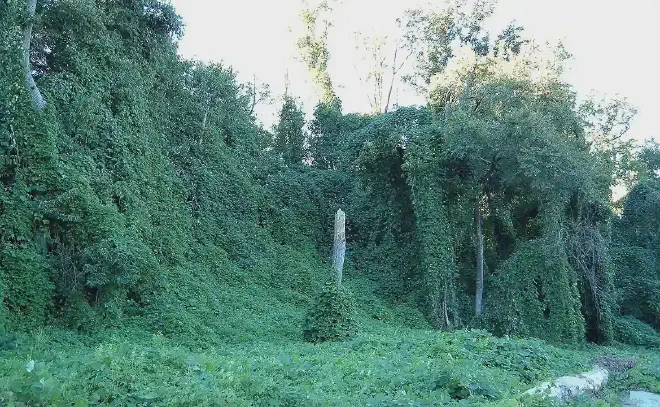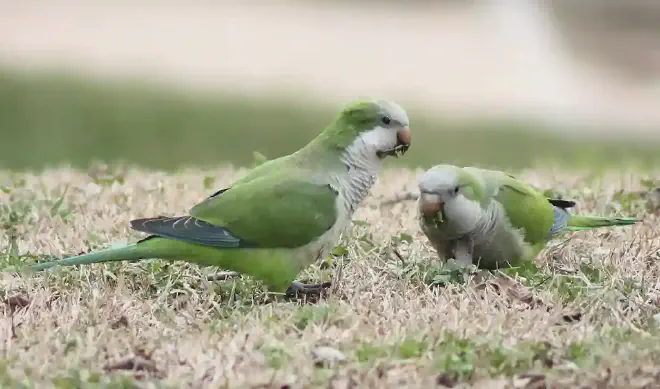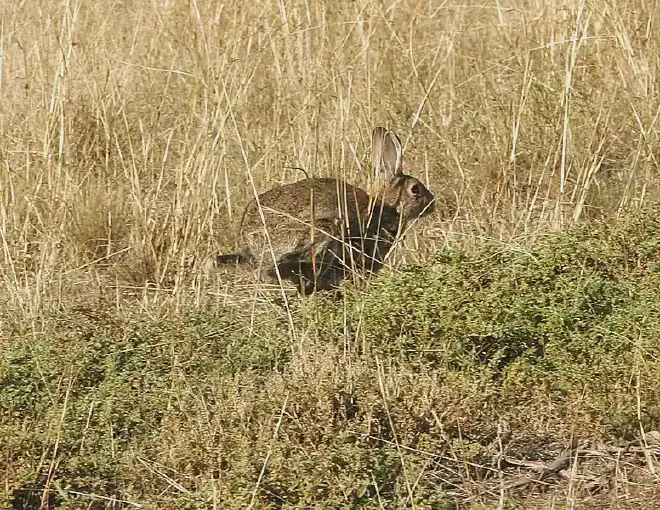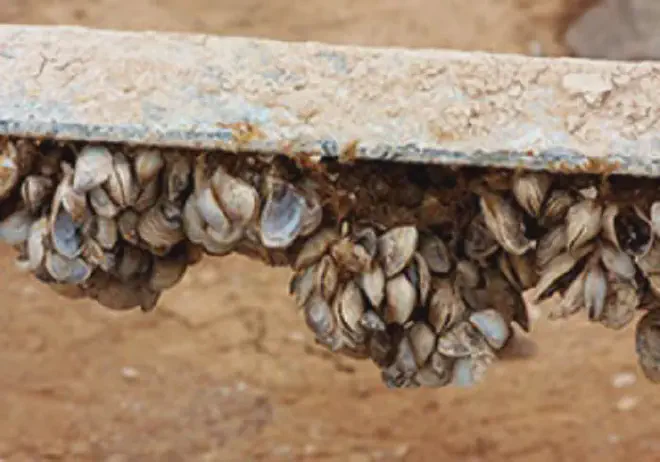
While since a long time ago it is recognized that invasive exotic species represent a great threat to nature and people, immediate urgent measures are needed to address this global problem. This arises from the critical evaluation of 88 authors, representatives of 101 organizations from 47 countries, the Paper “Stop the main and growing threats of invasive exotic species is urgent and attainable,” published in Nature, Ecology & Evolution.

Focused on the main conclusions of the thematic evaluation report of the Intergovernmental Platform of Scientific Policy on Biodiversity and Ecosystem Services (IPBES, by Intergovernmental Science Policy Platform on Biodiversity and Ecosystem Services) on invading exotic species and their control, the document also emphasizes that the impacts of the invasive exotic species observed probably underestimates the magnitude of future impacts. In addition, the interactions between biodiversity drivers are key, since no driver acts in isolation.

The co-president of the IPBES IAS evaluation and main author of the paper, professor Helen Roy of the UK Center for Ecology & Hydrology and the University of Exeter (UKCEH), said that “the document brought together the entire team of experts from the IAS evaluation, with this diverse group that covers many disciplines with perspectives of the whole world reach the same conclusion on the need to take the need to take the need for the need to take the need to take growing threat representing the invasive exotic species.”
She added that “since the number of invasive exotic species will increase, the evaluation of invasive exotic species of the IPBES provides the empirical basis and options to base immediate and continuous measures. To achieve this, collaboration, communication and cooperation are necessary, not only through borders but also within countries.”
Professor Peter Stoett of the Ontario Tech University, co -president of the IPBES IAS evaluation, indicated that “interdisciplinary action are key to the success of IPBES evaluations. It was wonderful to see experts in social sciences and humanities interacting with biologists experts in invasions and other scientists about nature, in a community construction process that will inform political decisions in the future.”

The threats raised by invasive exotic species are expected to be increasing. Every year, approximately two hundred new exotic species are introduced globally by human activities in regions in which they had not registered before. Even without the introduction of new species through human activities, the exotic species already established will continue naturally expanding their areas of geographical distribution and extending to new countries and regions, and many of them will cause negative impacts, including in the human health. It is likely that the simple extrapolations of the impacts of the invasive exotic species observed today underestimates the magnitude of the future impacts, scientists insist.
The interactions between the drivers of the loss of biodiversity are amplifying biological invasions without any driver acting in isolation. Climate change is an important factor that facilitates the establishment and spread of invasive exotic species in inhospitable regions. For example, climate warming is allowing an aquatic and terrestrial invasive exotic species to be established and spread towards the poles, including the Arctic and Antarctic regions. In addition, in some mountainous regions, climate change, acting together with other biodiversity loss factors, has allowed invasive exotic species to extend their higher altitudes distribution areas twice faster than native species.

The evaluation of invasive IPBES species provided the first comprehensive synthesis of evidence worldwide that concludes that the threat of biological invasions is important but can be mitigated with urgent intersectorial cooperative and collaborative actions. The joint development of management actions with multiple stakeholders, including interested parties of the government and the private sector, and indigenous peoples and local communities, will be essential to achieve success in approaching biological invasions.
Coordination bodies, such as the Ministry of Native Species (Non-Native Species Secretariat), can guarantee effective collaboration between various groups of interested parties. In fact, management actions in response to the incursions of the Asian hornet in the United Kingdom implied that multiple stakeholders joined to guarantee a rapid flow of information, after the detection of the species, which leads to effective control of nesting.
The document recognizes that the participation of the general public through awareness, education and community scientific platforms also contributes to establish shared responsibilities in the management of biological invasions. Community scientific initiatives, backed by digital identification tools, are important for the rapid detection of invasive exotic species. The records sent by the public through the Asian Hornet Watch application in the United Kingdom are contributing significantly to the early alert and the quick response to Vespa Velutina (Asian hornet).
- The paper Curbing the major and growing threats from invasive alien species is urgent and achievable, fue publicado en Nature, Ecology & Evolution**. Authors: Helen E. Roy, Aníbal Pauchard, Peter J. Stoett, Tanara Renard Truong, Laura A. Meyerson, Sven Bacher, Bella S. Galil, Philip E. Hulme, Tohru Ikeda, Sankaran Kavileveettil, Melodie A. McGeoch, Martin A. Nuñez, Alejandro Ordoñez, Sebataolo J. Rahlao, Evangelina Schwindt, Hanno Seebens, Andy W. Sheppard, Vigdis Vandvik, Alla Aleksanyan, Michael Ansong, Tom August, Ryan Blanchard, Ernesto Brugnoli, John K. Bukombe, Bridget Bwalya, Chaeho Byun, Morelia Camacho-Cervantes, Phillip Cassey, María L. Castillo, Franck Courchamp, Katharina Dehnen-Schmutz, Rafael Dudeque Zenni, Chika Egawa, Franz Essl, Georgi Fayvush, Romina D. Fernández, Miguel Fernández, Llewellyn C. Foxcroft, Piero Genovesi, Quentin J. Groom, Ana Isabel González, Aveliina Helm, Ileana Herrera, Ankila J. Hiremath, Patricia L. Howard, Cang Hui, Makihiko Ikegami, Emre Keskin, Asuka Koyama, Stanislav Ksenofontov, Bernd Lenzner, Tatsiana Lipinskaya, Julie L. Lockwood, Dongang C. Mangwa, Angeliki F. Martinou, Shana M. McDermott, Carolina L. Morales, Jana Müllerová, Ninad Avinash Mungi, Linus K. Munishi, Henn Ojaveer, Shyama N. Pagad, Nirmalie P. K. T. S. Pallewatta, Lora R. Peacock, Esra Per, Jan Pergl, Cristina Preda, Petr Pyšek, Rajesh K. Rai, Anthony Ricciardi, David M. Richardson, Sophie Riley, Betty J. Rono, Ellen Ryan-Colton, Hanieh Saeedi, Bharat B. Shrestha, Daniel Simberloff, Alifereti Tawake, Elena Tricarico, Sonia Vanderhoeven, Joana Vicente, Montserrat Vilà, Wycliffe Wanzala, Victoria Werenkraut, Olaf L. F. Weyl, John R. U. Wilson, Rafael O. Xavier & Silvia R. Ziller.

